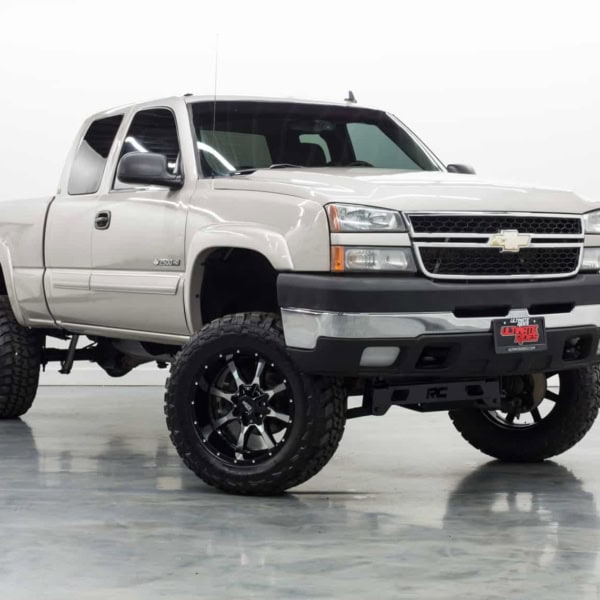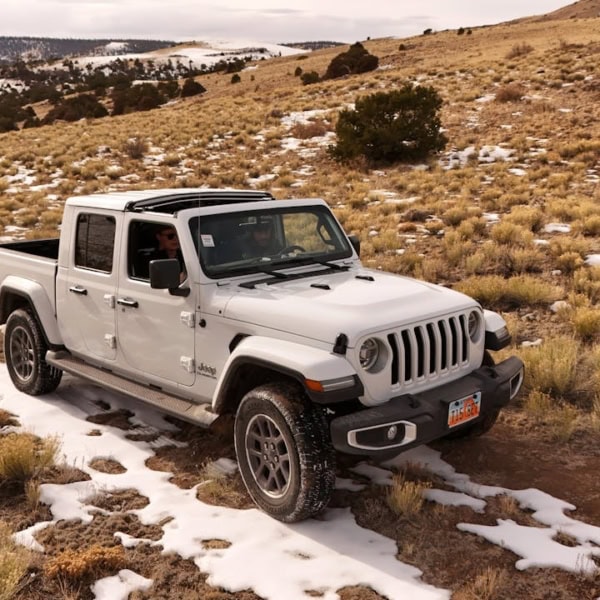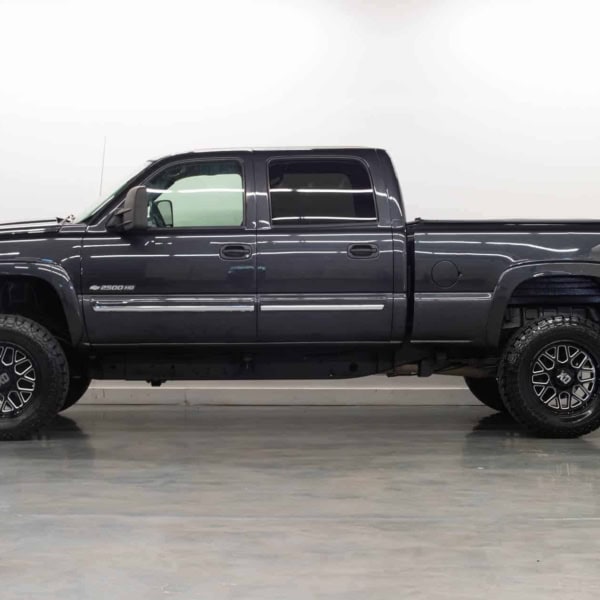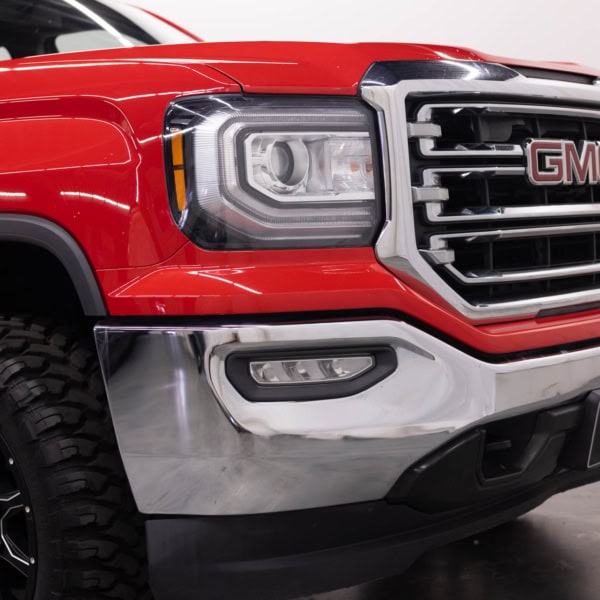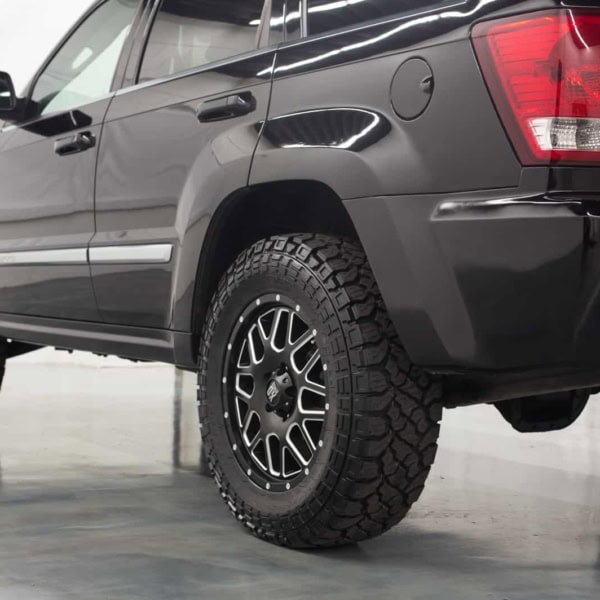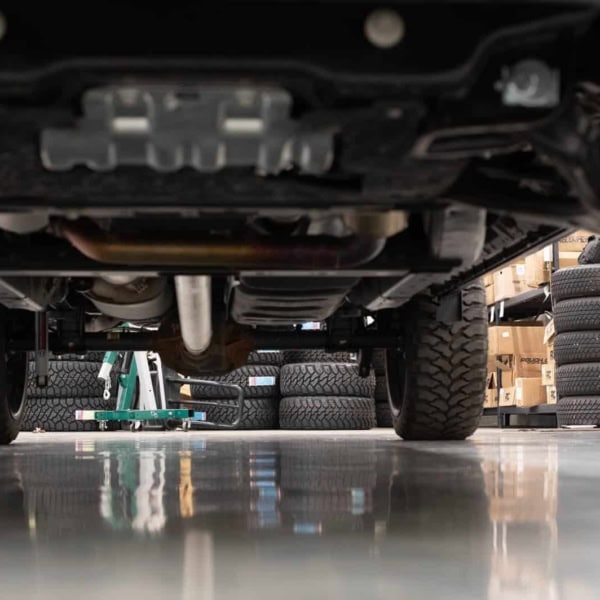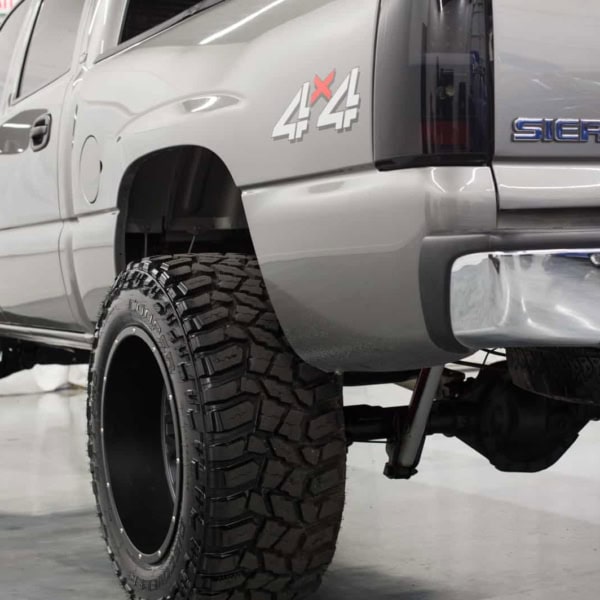Guide to Measuring Shocks for Lifted Trucks
Along with a lift kit installation must come a new set of shocks. After all, if the shocks are going to have any effect at protecting your truck from damage, they’ll need to adapt to your new setup. However, the trouble can be finding the right size shocks for your new configuration. The length of your shocks depends on a few different measurements on your vehicle. We’ll tell you how to finish measuring at home so you can buy the correct size shock absorbers.
Key Measurements for Shocks on Lifted Trucks
The first thing you’ll want to do is remove the existing shock. Yes, it’s a pain. But you’re going to have to do it eventually anyways, and it’s necessary to get an accurate length on these measurements. Next, you’ll need to park your truck on a flat surface, preferably in a garage or driveway. If your truck is not on a level surface, your measurements won’t be accurate. That would make this whole process a waste of time and eventually your money, so be sure to scope out the right location! Have some measuring tape with you, as well as your phone or a notepad to jot down the length you’ll be measuring. Make sure you have easy access to at least one side of the vehicle. We encourage you to take the following measurements for both the front and rear, because you may need different sizes for both ends.
Measuring Static Height
We’ll start with the easiest part. To get the first measurement you’ll need for your next shocks, the static height, figure out the length between the upper shock mount and the lower shock mount. The upper point is located on the vehicle itself, while the lower point will be on the suspension system. The length between those points is going to be your static measurement, so make sure to note that down somewhere.
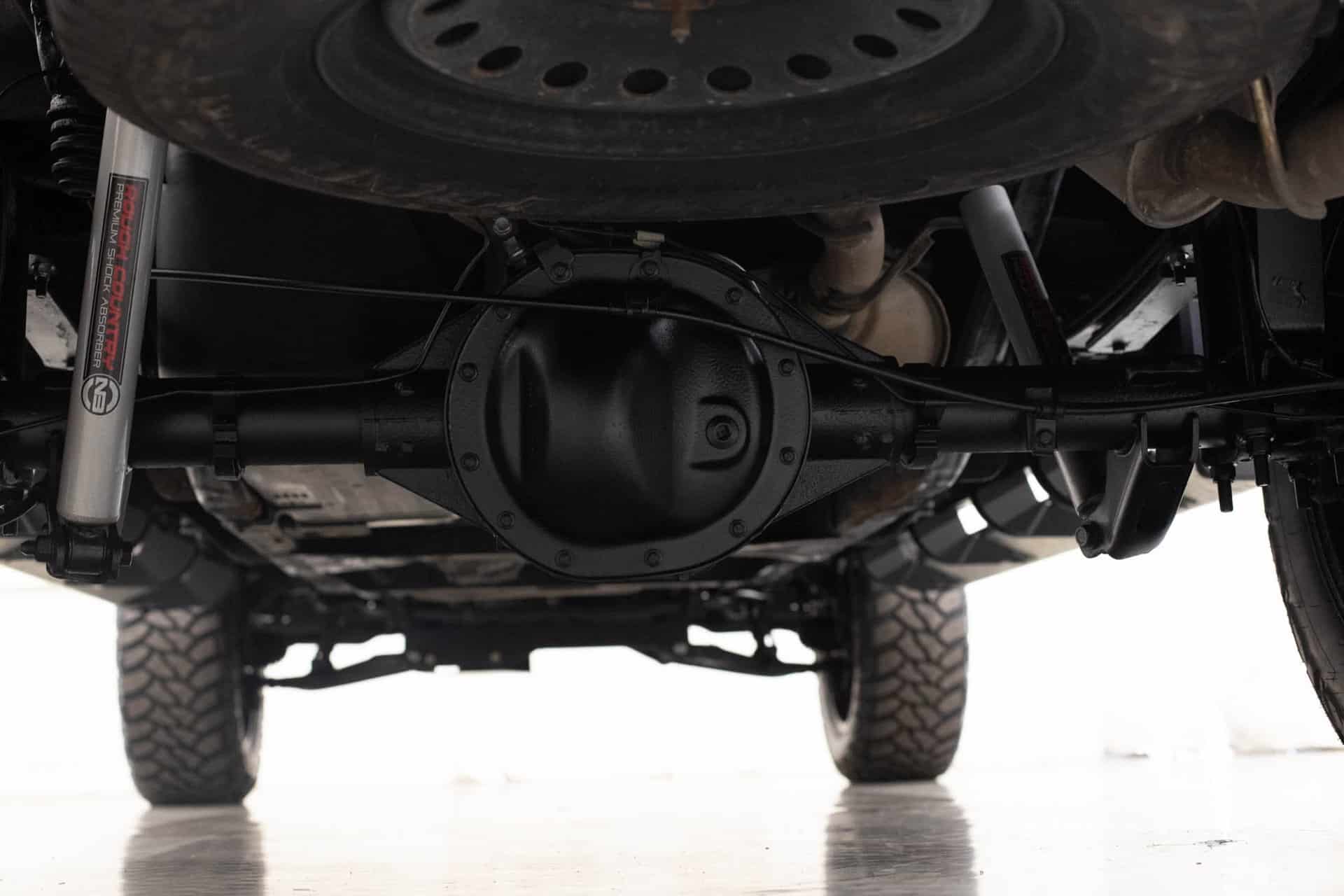
Compressed Height Length
Next, you’ll be measuring the length of the shock while it is compressed. To do this, you’ll want to measure the length between your bump stop and your upper control arm. You don’t want these things to make contact when your suspension and body come close, so you’ll want to find out how compression your shocks can withstand while still offering the right protection. That means you’ll have to take that distance between the bump stop and upper control arm, and minus it from your static height. Then mark that length down as the compressed length for your shocks.
Extended Height
Finally, to get the maximum extended height for your next shocks, you’ll need a jack. Make sure you’ve got enough room to work safely. Raise up the vehicle’s body until the tire is just barely making contact with the ground. From there, complete the same measurements you did for your static height, but with the jack in place. This will give you the maximum length you’ll want your shocks to be able to extend to.
Install Your Shocks and Hit the Road
Now that you know the size shocks you want, it’s important to choose the right set. You can find plenty of answers here at Ultimate Rides on finding shock absorbers for lifted trucks. We’ve also written guides on finding shocks for 4×4 trucks, and so much more. Take your time to make sure the shocks you pick are not only the right size, but will also offer the performance boost you’re after.
Once you get to the part where you actually have to install your shocks, you may want to opt for professional help. As a matter of fact, it’s probably a good idea to have your shocks installed at the same time as your lift kit or springs if possible. If you’re here reading this, it might be too late for that. However, you should still strongly consider bringing your truck to the pros. Actually installing new shocks is quite different from simply measuring shocks for lifted trucks. If you want it done safely, there is a lot of care and hard work that must go into it. Those installing at home should make sure to do their research before beginning.
- Founders of Ultimate RidesUltimate Rides consists of two brothers who have been buying and selling custom vehicles for over ten years. Selling lifted trucks by day and writing these awesome reviews by night! They started their Ultimate Rides journey with a third brother Jake, who was a big part of building the business they have today. In 2016 Jake passed away and losing their brother was the hardest thing they ever had to deal with. Even though they had a tragic loss they plan to continue to set a new trend for the auto industry, keeping customers number one. Pushing the envelope on the lifted truck market, these guys love researching and learning about everything in the auto industry!




